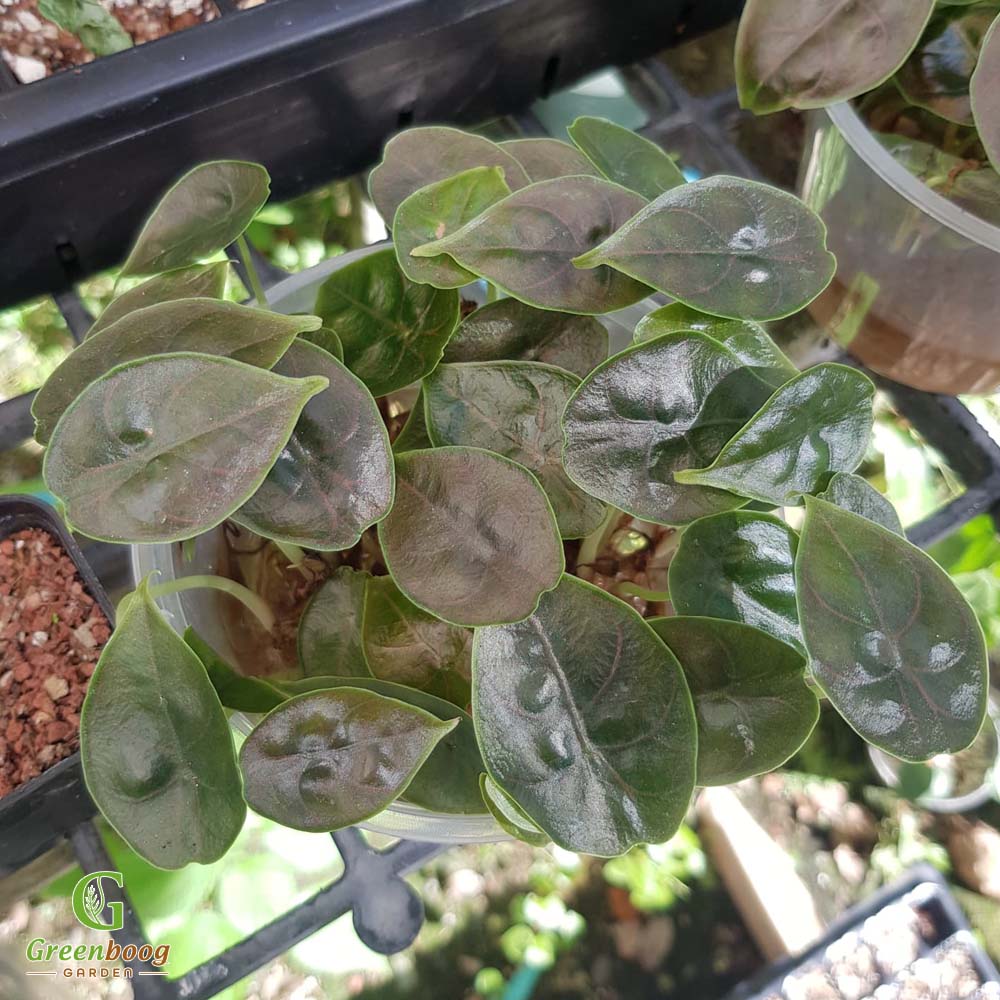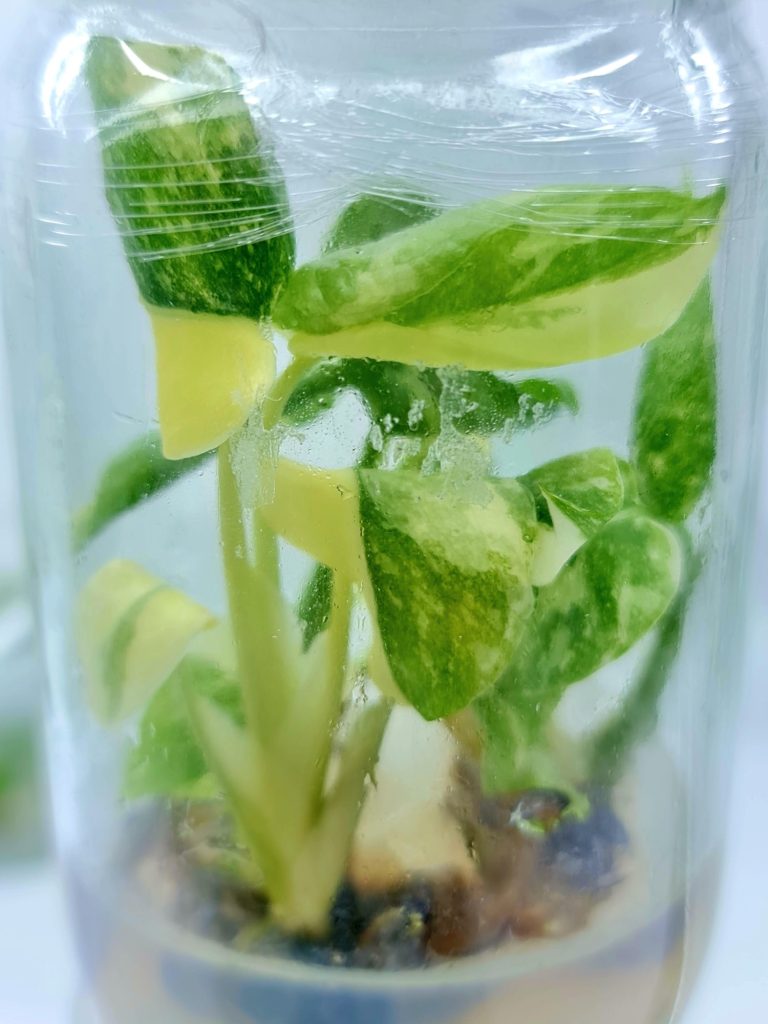Step-by-Step Guide to Acclimating Tissue Culture Plants
Welcome to our guide on how to acclimate tissue culture plants! Tissue culture plants, also known as micropropagated plants, are a type of plant that is grown from a small piece of tissue or cell in a controlled environment, rather than being grown from seeds. These plants are often more resistant to diseases and pests, and they can be produced on a large scale, making them a popular choice for commercial growers. However, when it comes to transplanting tissue culture plants into soil, it's important to properly acclimate them to their new environment to ensure their survival.
Acclimating tissue culture plants involves gradually introducing them to the conditions of their new environment, such as light, temperature, and humidity. This process is necessary because tissue culture plants have been grown in a controlled environment, and they may not be able to handle the sudden changes that come with being transplanted into soil. By acclimating them slowly, you give the plants time to adjust and become stronger, increasing their chances of survival.

So, how do you go about acclimating tissue culture plants? Here are some steps you can follow:
1. Begin by placing the plants in a shaded area, away from direct sunlight. Tissue culture plants are used to being grown under artificial lighting, so they may not be able to handle the intensity of natural sunlight right away. By starting them in a shaded area, you can give them time to adjust to the light levels.
2. Gradually increase the amount of light the plants receive over the course of several days. Start by giving them a few hours of indirect sunlight each day, and gradually increase the amount of time they spend in the sun. This will help the plants build up their tolerance to sunlight.
3. Monitor the temperature and humidity levels around the plants. Tissue culture plants are used to being grown in a temperature-controlled environment, so it's important to make sure they are not exposed to extreme temperatures or fluctuations in humidity. Keep the plants in a location that has a consistent temperature and humidity level, and consider using a humidifier or dehumidifier to help maintain those levels.
4. Water the plants regularly, but be careful not to overwater them. Tissue culture plants are sensitive to excess moisture, so it's important to monitor the soil moisture levels and only water the plants when the soil is dry to the touch. Overwatering can lead to root rot, which can be deadly for the plants.
5. Fertilize the plants using a balanced plant fertilization product. This will help the plants get the nutrients they need to thrive in their new environment.
6. Transplant the tissue culture plants into soil once they have adjusted to the new light, temperature, and humidity levels. Be sure to choose a soil mix that is well-draining and rich in nutrients.
When transplanting tissue culture plants into soil, it's important to handle them gently and avoid disturbing the roots. Be sure to dig a hole that is large enough to accommodate the entire root ball, and gently tamp down the soil around the roots to ensure good contact with the soil. Water the plants well after transplanting, and continue to water them regularly as needed.
See more list of the most popular houseplants
See more latest list of rare tissue culture plants
In conclusion, acclimating tissue culture plants is an important step in ensuring their survival when transplanting them into soil. By gradually introducing them to their new environment and providing them with the right care and nutrients, you can help these plants thrive in their new home. Just be sure to monitor the light, temperature, humidity, and moisture levels, and fertilize the plants regularly to give them the best chance of success.

Some advice: be patient and take your time when acclimating tissue
https://bit.ly/47AK7H2
Acclimating tissue culture plants involves gradually introducing them to the conditions of their new environment, such as light, temperature, and humidity. This process is necessary because tissue culture plants have been grown in a controlled environment, and they may not be able to handle the sudden changes that come with being transplanted into soil. By acclimating them slowly, you give the plants time to adjust and become stronger, increasing their chances of survival.

So, how do you go about acclimating tissue culture plants? Here are some steps you can follow:
1. Begin by placing the plants in a shaded area, away from direct sunlight. Tissue culture plants are used to being grown under artificial lighting, so they may not be able to handle the intensity of natural sunlight right away. By starting them in a shaded area, you can give them time to adjust to the light levels.
2. Gradually increase the amount of light the plants receive over the course of several days. Start by giving them a few hours of indirect sunlight each day, and gradually increase the amount of time they spend in the sun. This will help the plants build up their tolerance to sunlight.
3. Monitor the temperature and humidity levels around the plants. Tissue culture plants are used to being grown in a temperature-controlled environment, so it's important to make sure they are not exposed to extreme temperatures or fluctuations in humidity. Keep the plants in a location that has a consistent temperature and humidity level, and consider using a humidifier or dehumidifier to help maintain those levels.
4. Water the plants regularly, but be careful not to overwater them. Tissue culture plants are sensitive to excess moisture, so it's important to monitor the soil moisture levels and only water the plants when the soil is dry to the touch. Overwatering can lead to root rot, which can be deadly for the plants.
5. Fertilize the plants using a balanced plant fertilization product. This will help the plants get the nutrients they need to thrive in their new environment.
6. Transplant the tissue culture plants into soil once they have adjusted to the new light, temperature, and humidity levels. Be sure to choose a soil mix that is well-draining and rich in nutrients.
When transplanting tissue culture plants into soil, it's important to handle them gently and avoid disturbing the roots. Be sure to dig a hole that is large enough to accommodate the entire root ball, and gently tamp down the soil around the roots to ensure good contact with the soil. Water the plants well after transplanting, and continue to water them regularly as needed.
See more list of the most popular houseplants
See more latest list of rare tissue culture plants
In conclusion, acclimating tissue culture plants is an important step in ensuring their survival when transplanting them into soil. By gradually introducing them to their new environment and providing them with the right care and nutrients, you can help these plants thrive in their new home. Just be sure to monitor the light, temperature, humidity, and moisture levels, and fertilize the plants regularly to give them the best chance of success.

Some advice: be patient and take your time when acclimating tissue
https://bit.ly/47AK7H2
Nhận xét
Đăng nhận xét